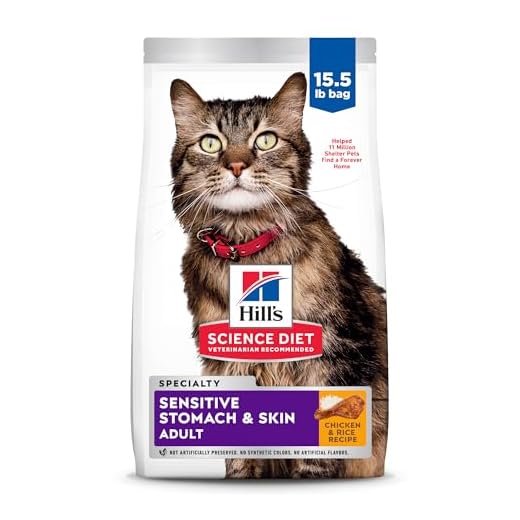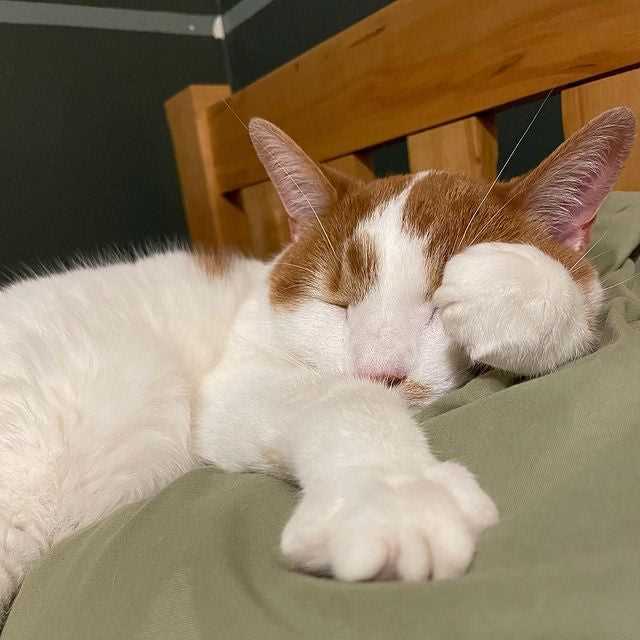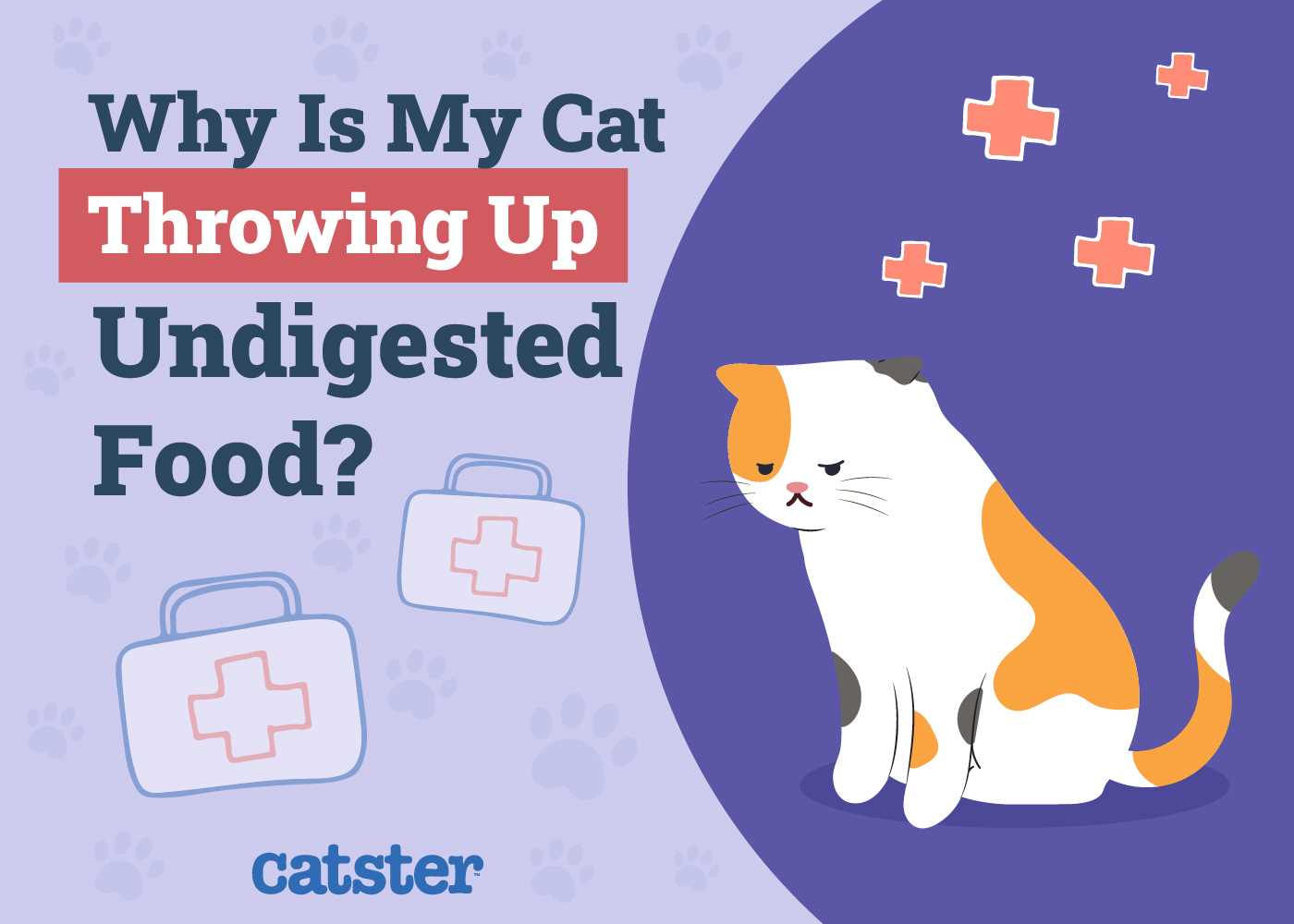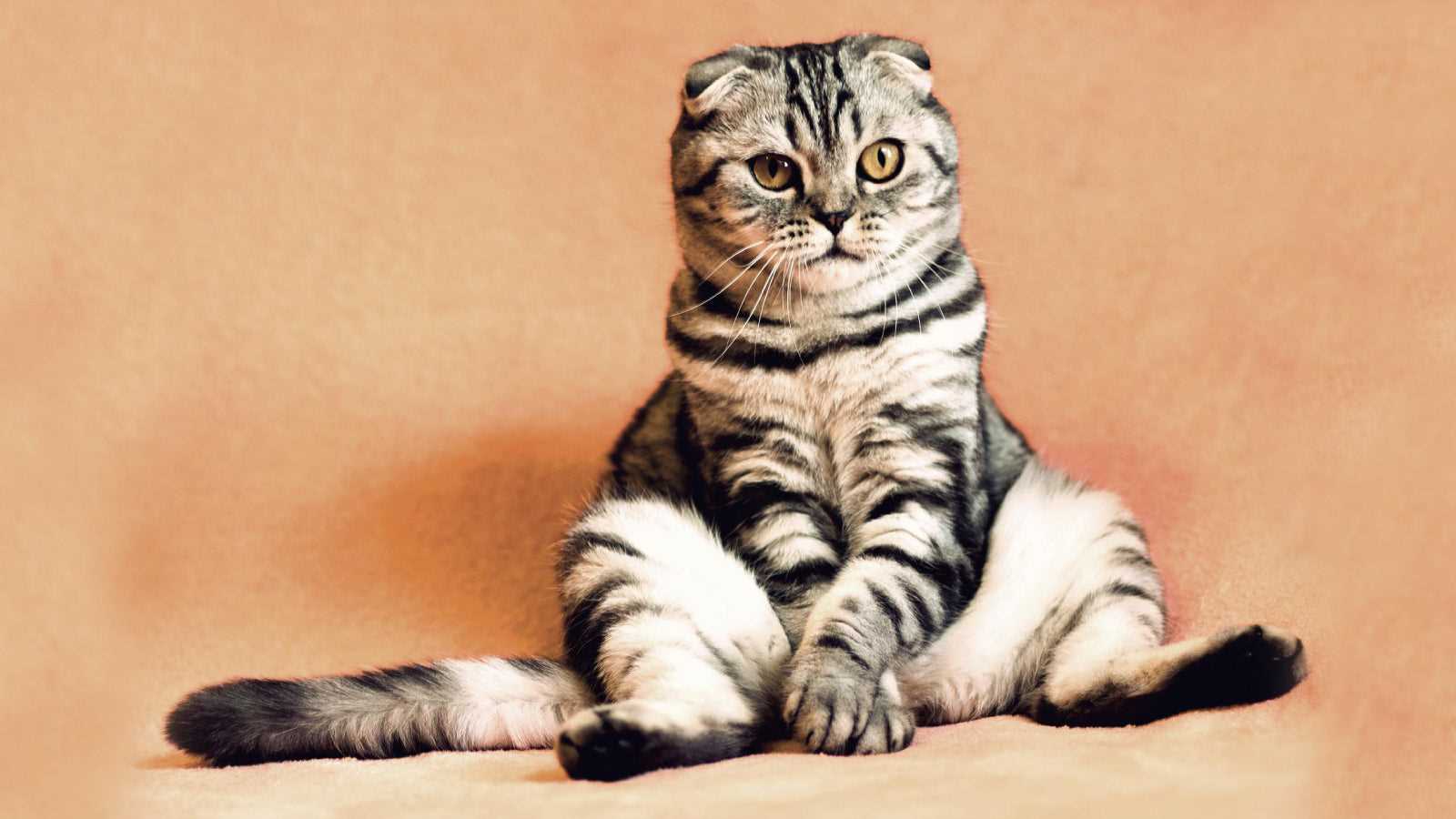

When my meals end up coming back to haunt me, it’s time to consider a few key factors. One common reason for this issue is the speed at which I consume my food. If I gobble it down too quickly, I might not chew properly, leading to discomfort and regurgitation. Switching to a slow feeder bowl can make a significant difference, encouraging me to savor each bite and reduce that nasty aftermath.
Another aspect to think about is the type of food I’m munching on. Some of those fancy brands can be rich or contain ingredients that don’t sit well with my sensitive tummy. It’s worth experimenting with a limited ingredient diet to pinpoint any specific triggers. Consulting with my human about switching to a simpler formula or even trying homemade options can lead to a healthier me.
Lastly, underlying health issues could be a culprit. If I’ve been feeling unwell frequently, a visit to the vet for a thorough examination is essential. Conditions like allergies or gastrointestinal disorders can lead to uncomfortable experiences. Being proactive about my health can ensure that I’m back to my playful self in no time.
Common Causes of Vomiting in Cats
Sometimes, my tummy rumbles in a way that makes me feel unwell. Here are a few reasons that could lead to that discomfort.
Dietary Issues
Eating too quickly can cause my food to come back up. I try to take my time, but sometimes excitement gets the better of me. Using a slow feeder bowl can help manage this problem.
Another concern is food intolerance or allergies. If I’m sensitive to a particular ingredient, it might trigger an upset stomach. A switch to a limited ingredient diet might be wise if I show signs of discomfort.
Health Problems
Various health issues can also lead to my struggles. Conditions affecting the digestive system, like inflammatory bowel disease, can cause recurring episodes. It’s crucial to consult a vet for proper diagnosis and treatment.
Parasites are sneaky little critters that can disrupt my tummy too. Regular deworming is essential to keep me feeling my best.
How to Identify Food Allergies in Your Feline Friend
If you notice unusual reactions like vomiting or itching after meals, it’s time to investigate potential food allergies. Start with a simple elimination diet. Remove all current food and treats, introducing a novel protein source, such as duck or venison, that your furry companion hasn’t eaten before. Keep this diet for at least 8-12 weeks.
Monitor closely for any changes in behavior or health. If symptoms improve, gradually reintroduce previous foods one at a time, waiting several days between each to observe any adverse reactions. This process helps pinpoint specific allergens.
Common signs of allergies include gastrointestinal issues, skin irritations, or respiratory problems. If you suspect an allergy, consult a veterinarian for advice on allergy testing or further dietary recommendations.
Always ensure your furry friend’s environment is clean and free from irritants. Regular grooming and a sanitized living space can help reduce allergy symptoms as well. If your feline is dealing with ear mites or other conditions, consider checking out the best medicine for ear mites in cats.
When to Consider Changing Your Cat’s Diet
If my meals consistently lead to discomfort, a dietary shift is necessary. Observing patterns of distress after meals can signal the need for a new food source.
Signs Indicating a Dietary Change

Frequent vomiting, loss of appetite, or excessive grooming can all be signs that my current food isn’t suitable. Weight changes, either gain or loss, are red flags. If I’m showing reluctance to eat or displaying unusual behavior around mealtime, it’s time for a reassessment.
Consulting with a Veterinarian
Before making any changes, discussing concerns with a vet is crucial. They can recommend specific diets tailored to my unique needs, ensuring health and happiness. A professional assessment can uncover underlying issues that might not be obvious, guiding dietary adjustments for optimal well-being.
Transitioning to new food should be gradual to avoid further tummy troubles. Mixing old and new foods over several days can help ease this process. Monitoring my response to the new diet is essential, as it can reveal if the change is beneficial.
Signs of a More Serious Health Issue

If you’re observing persistent vomiting, look out for additional symptoms indicating potential health concerns. Pay close attention to the following signs:
- Weight loss or sudden changes in appetite
- Diarrhea or changes in stool consistency
- Excessive thirst or urination
- Behavioral changes, such as lethargy or hiding
- Signs of pain, like sensitivity when touched
- Presence of blood in vomit or stool
- Unusual grooming behavior, such as over-grooming or neglecting grooming
When multiple symptoms occur together, it’s crucial to consult a veterinarian. They can conduct necessary tests to rule out serious conditions like kidney disease, liver issues, or gastrointestinal disorders.
Monitoring and Reporting

Keep a log of vomiting episodes, noting the frequency and any accompanying symptoms. This information will assist the vet in diagnosing the issue effectively. Remember to mention any recent dietary changes or stressors in the environment.
Seek Immediate Care

In some cases, quick intervention is necessary. If vomiting is severe or accompanied by other alarming symptoms, do not hesitate to seek immediate veterinary care. Early detection often leads to better outcomes.
For those curious about household tools, check out this link: are craftsman lawn mowers any good.
Steps to Take After Your Cat Vomits
If I’ve just hurled, the first thing to do is clean the area thoroughly. Use an enzymatic cleaner to neutralize odors and remove any traces of the mess. This helps avoid encouraging further incidents in the same spot.
Next, assess my overall state. Look for signs of lethargy, unusual behavior, or additional vomiting episodes. If I seem off, a visit to the vet is in order. Keeping a journal of my eating habits, behavior, and any incidents can provide valuable insights for the veterinarian.
Monitor my water intake closely. Dehydration can occur quickly. If I’m not drinking enough, consider offering ice chips or a small amount of low-sodium broth to entice hydration. Make sure my water bowl is always clean and fresh.
Review my recent meals. If I’ve eaten something new or inappropriate, it might be time to eliminate that from my diet. Gradually reintroducing familiar foods can help identify any triggers.
After vomiting, allow some time before offering food again. When I’m ready to eat, serve small portions of bland food like boiled chicken or rice to see how my stomach handles it.
Lastly, consult with my human about potential dietary changes or health checks if vomiting persists. Regular vet visits can help to ensure my health stays in check and any underlying issues are addressed promptly.
Consulting a Veterinarian: What to Expect
Schedule an appointment with a veterinary professional if vomiting occurs frequently. During the consultation, I recommend preparing a detailed history, including diet, behavior changes, and any recent stressors. This information aids the vet in diagnosing potential issues.
At the clinic, expect a thorough examination. The vet may assess weight, hydration levels, and abdominal sensitivity. Blood tests, imaging, or fecal examinations might be recommended for deeper insights into health status.
Keep an eye on your furry companion’s reactions; they may need additional testing based on their condition. Discuss dietary habits openly, as this can provide clues to underlying problems.
Here’s a summary of what a visit might entail:
| Step | Description |
|---|---|
| Initial Consultation | Discuss symptoms and medical history. |
| Physical Examination | Check weight, hydration, and abdominal response. |
| Diagnostic Testing | Tests may include blood work, imaging, or stool analysis. |
| Treatment Plan | Based on findings, a specific treatment might be proposed. |
Post-visit, follow the vet’s recommendations closely. Adjustments to diet or medication may be necessary based on their advice. Regular check-ups can help monitor health and prevent future episodes.








